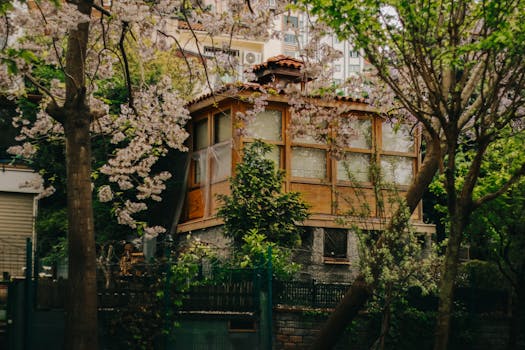
Urban Green Spaces: The Future of Outdoor Living in European Cities by 2025
Urban Green Spaces are becoming increasingly important in European cities, and for good reason. As the world becomes more urbanized, the need for green spaces has never been more pressing. In this article, we will explore the future of outdoor living in European cities and how urban green spaces are shaping it.
What are Urban Green Spaces?
Urban green spaces refer to areas of vegetation, such as parks, gardens, and green roofs, that are found in urban environments. These spaces provide a range of benefits, including improved air quality, reduced noise pollution, and enhanced biodiversity. They also offer residents a chance to connect with nature, relax, and engage in physical activity.
The Importance of Urban Green Spaces in European Cities
European cities are leading the way in incorporating urban green spaces into their urban planning. Cities such as Copenhagen, Stockholm, and Amsterdam have made significant investments in green infrastructure, recognizing the numerous benefits it provides. From reducing the urban heat island effect to improving mental health, urban green spaces are a crucial component of sustainable urban development.
The Future of Outdoor Living in European Cities
By 2025, European cities are expected to have even more urban green spaces. This is due in part to the increasing recognition of the importance of green infrastructure in mitigating the effects of climate change. As cities continue to grow and develop, the need for sustainable and livable spaces will only continue to increase. Urban green spaces will play a critical role in shaping the future of outdoor living in European cities, providing residents with access to nature, recreation, and community engagement.
Case Studies: Successful Urban Green Space Initiatives in European Cities
Several European cities have launched successful urban green space initiatives in recent years. For example, the city of Rotterdam has implemented a comprehensive green roof policy, resulting in over 10% of the city’s rooftops being covered in vegetation. Similarly, the city of Berlin has created a network of urban parks and gardens, providing residents with access to green spaces and promoting biodiversity.
Challenges and Opportunities
While urban green spaces offer numerous benefits, there are also challenges associated with their development and maintenance. These include ensuring equitable access to green spaces, managing the costs of maintenance, and balancing the needs of different stakeholders. However, these challenges also present opportunities for innovation and collaboration, such as the use of technology to optimize green space management and the engagement of local communities in the design and maintenance of urban green spaces.
Conclusion
In conclusion, urban green spaces are the future of outdoor living in European cities. As the world becomes increasingly urbanized, the need for green spaces has never been more pressing. By investing in urban green spaces, European cities can create sustainable, livable, and resilient environments that provide numerous benefits for residents and the environment. As we look to the future, it is clear that urban green spaces will play a critical role in shaping the future of outdoor living in European cities by 2025.






